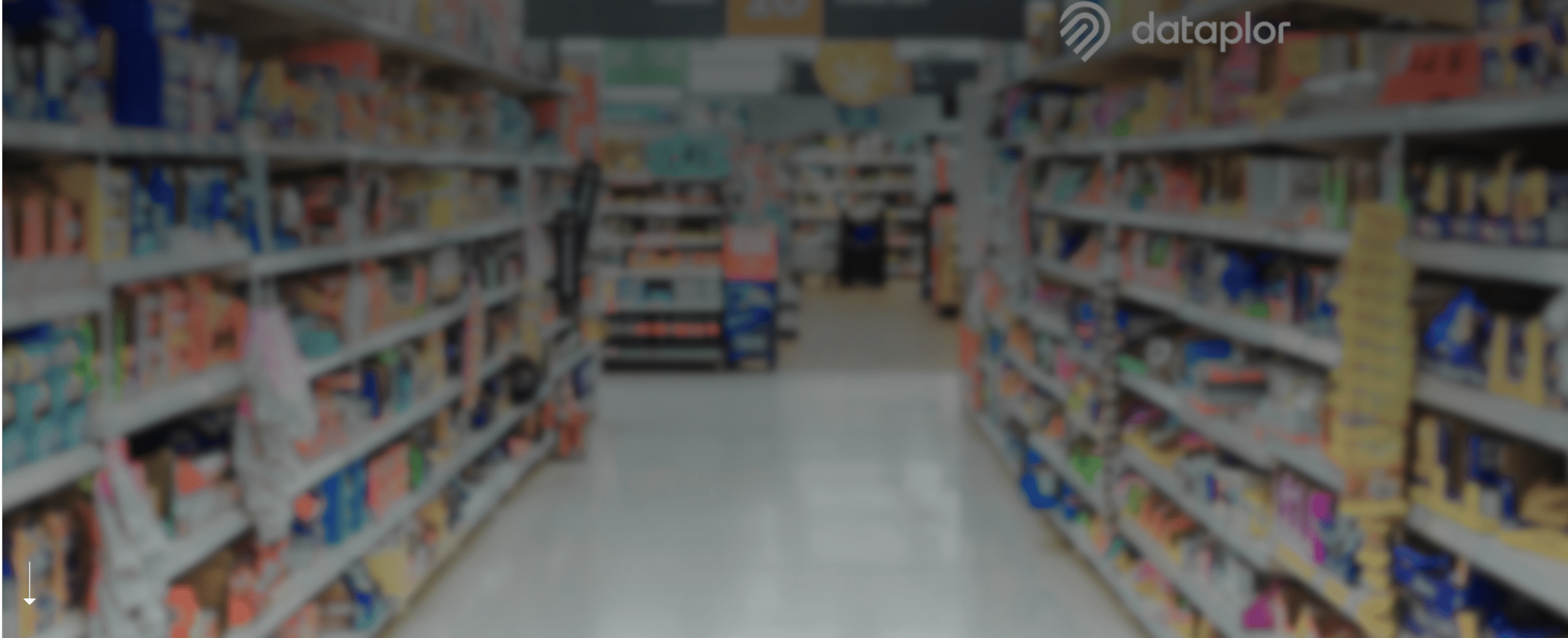
CPG POI Data Use Cases and Common Applications
Point-of-interest (POI) data refers to a type of geospatial data that offers valuable insight into customer behavior. A POI can be any location, such as a business, attraction or facility, that may be of interest to a particular consumer, brand or decision-maker. Consumer packaged goods (CPG) companies can leverage POI data to supercharge their operations and foster greater scalability.
POI data amplifies your CPG strategy by helping your business drive informed decision-making based on location-specific consumer insights. Explore how to use POI data for the CPG industry below.
7 Applications of CPG POI Data
POI data offers a look into the minds of consumers and what destinations they find appealing, and there are many ways for businesses to capitalize on these insights. Check out these advantageous CPG POI data use cases below:
1. Effective Market Analysis
Consumer packaged goods companies can utilize POI data to conduct a more comprehensive market analysis that encompasses key locations, such as retail stores, supermarkets, distribution centers or malls. Your business can use these insights to identify trends and gaps within your designated market.
With greater awareness of the current market and customer preferences, your business can better understand where the greatest market opportunities are worldwide and where it is most beneficial to invest your time and money.
You can save valuable time and resources by diligently scouring POI data and using your findings to inform future decision-making before expanding your offers or trying to get your products in a new store.
2. Targeted Marketing Efforts
Businesses can benefit from exploring both POI data and other CPG data sources, such as sales and social media insights, to inform their marketing efforts.
POI data offers unparalleled insight into popular destinations and venues where your target consumers are spending their time and money. Getting to know your target market better through these metrics and segmenting that audience helps you cater to their unique wants and needs as a business.
CPG brands can leverage POI data to deliver more personalized content, advertisements and product recommendations to the right consumers based on their preferences and behaviors in specific areas.
Learning more about where your target consumers frequent can supercharge the impact of your brand’s marketing initiatives and campaigns.
3. Optimized Distribution Strategies
CPG brands can experience many unique challenges when looking to reach new audiences in different locations to expand their distribution. Having access to a comprehensive CPG POI data set enables businesses to identify the following:

- High-traffic locations
- Popular venues
- Optimal delivery routes
- Peak delivery times
These insights are highly valuable for determining strategic and informed distribution plans that empower optimal efficiency, reduce distribution costs and ensure your business is meeting target consumers in places where they are already spending their money.
By improving these logistical processes, brands can also foster optimized supply chain management, supporting greater scalability and long-term growth. POI data can help you avoid spending money on distribution to locations where your target customers are not currently exploring, saving time and resources you can invest in getting your products in the right locations instead.
4. Comprehensive Competitor Analysis
Point-of-interest data can also be highly beneficial for conducting a comprehensive competition analysis in the consumer packaged goods industry. Your brand can explore valuable insights about their competitor’s distribution strategy, such as:
- Store locations
- Market presence
- Consumer reach
- Plans for expansion
Gathering insights about competitor brands is easier than ever with the help of advanced technologies, like artificial intelligence, that can collect and analyze data more accurately and efficiently than a human.
With a greater understanding of your competitors, your business can effectively identify opportunities for improvement and the tactics that give you a competitive edge in your specific industry.
POI data also enables CPG brands to determine where there are gaps in the market and the destinations where their products can shine.
5. Accurate Sales Forecasting
Another key application of consumer packaged goods POI data is effectively predicting future sales. By closely analyzing the location-specific insights from POI data, businesses are better able to predict demand, adjust inventory levels and optimize production.
With more accurate forecasting capabilities, your brand can anticipate consumer needs, make strategic decisions to foster greater satisfaction and protect your bottom line.
When your company knows what to expect from consumers, it can deliver the right products at opportune times in the most profitable locations.
In addition to informing resource allocation and saving your brand significant costs, accurate forecasting can help your business identify new opportunities for growth and mitigate potential risks.
6. Enhanced Merchandising and Assortment Planning
Point-of-interest data also helps consumer packaged goods brands optimize their merchandising and assortment planning strategies. Your business can analyze POI data to gain a more in-depth understanding of your target consumer’s preferences and shopping patterns at various locations. Using these insights, your company can then tailor the available product assortments and placements to optimize sales.
Brands can also leverage POI data to determine which promotional strategies are most advantageous for meeting consumer wants and needs in different locations.
POI insights offer direction for product selection, placement, price and promotion. Tailoring your merchandising tactics to the point of interest can help your business optimize its in-person presentation to supercharge sales.
7. Strategic Product Launches
Finally, you can also leverage CPG POI data to identify key locations for new product launches. If your business is interested in testing ideas and seeing how different merchandise performs, paying attention to POI insights can help you determine where to sell your latest goods to gain product exposure and boost initial sales.
Analyzing this data can help consumer packaged goods brands strategically approach new launches in the destinations where they are most likely to perform well and reach the intended consumer.
Kickstarting the sale of brand-new items in the wrong locations can cost your business in the long run. POI data gives you a holistic view of the market so you can set your product launches up for success and work off that momentum to drive revenue.

Contact dataplor to Start Leveraging Location Intelligence Across the World
If you’re looking to maximize the use of POI data for your consumer packaged goods brand, turn to dataplor. We can help you take advantage of robust artificial intelligence-driven resources and location-based insights from hundreds of locations in real-time.
dataplor helps businesses identify new opportunities to supercharge growth and achieve new levels of success with unmatched global POI datasets. We offer the most comprehensive data available to help your brand increase sales, outdo the competition and make smarter, data-backed business decisions.
Are you interested in learning more? Contact dataplor to connect with our data experts today.



















